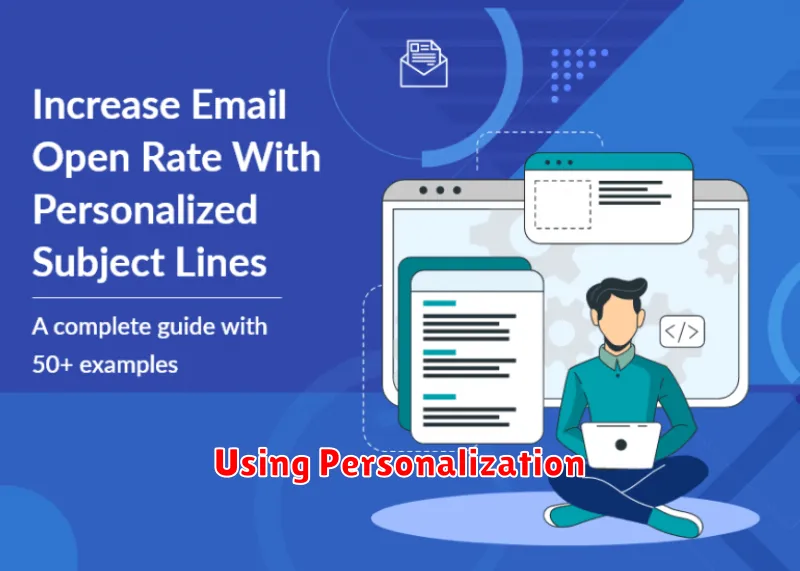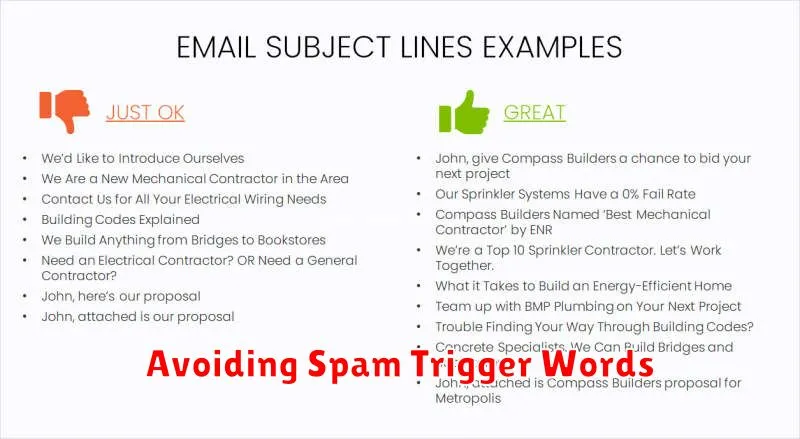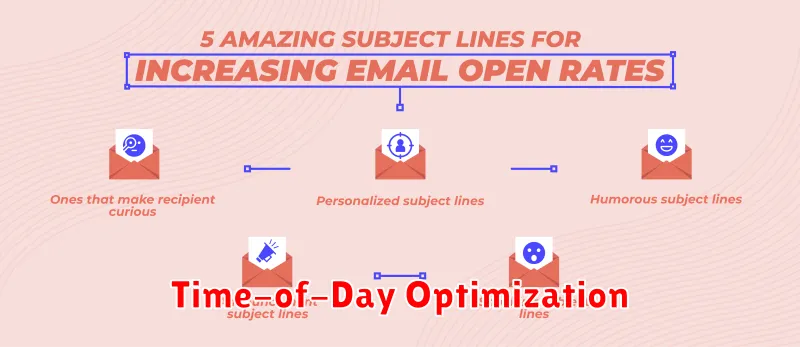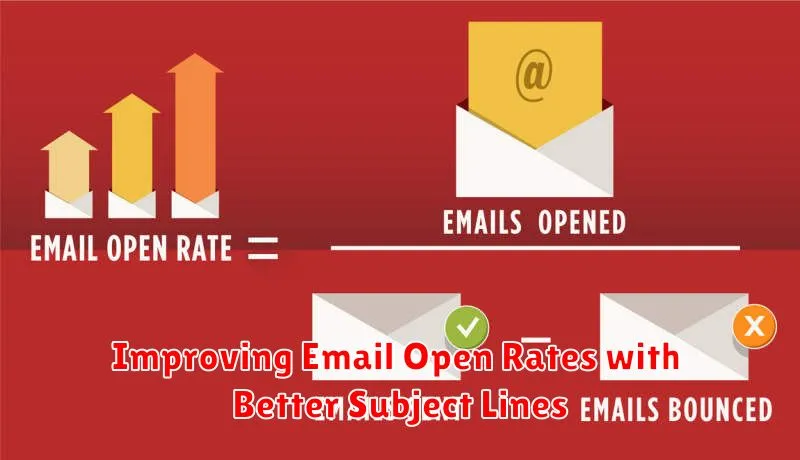Are you tired of low email open rates? Do you feel like your carefully crafted messages are languishing unread in overflowing inboxes? The key to engaging your audience and driving conversions often lies in one crucial element: the email subject line. A compelling subject line is the gateway to capturing your readers’ attention and enticing them to open your emails. This article will delve into the art of crafting effective subject lines that boost your email open rates and ultimately improve your email marketing success. Learn how to avoid common pitfalls and implement best practices for writing subject lines that convert.
Optimizing your email subject lines is not merely a cosmetic enhancement; it is a strategic imperative for any successful email marketing campaign. By understanding the psychology behind what motivates recipients to open emails, you can significantly improve your email open rates. From utilizing powerful keywords to employing proven techniques like personalization and A/B testing, this article will provide you with the tools and knowledge to transform your subject lines from overlooked to irresistible. Discover how to craft better subject lines that grab attention, create intrigue, and drive the results you desire.
What Makes a Subject Line Clickable
Crafting a clickable subject line is crucial for improving email open rates. It’s the first, and often only, impression you make on a recipient. A compelling subject line piques curiosity and promises value, enticing the reader to open the email and learn more.
Several factors contribute to a subject line’s clickability. Brevity is key. Keep it concise and to the point, ideally under 50 characters. Clarity is equally important. Clearly communicate the email’s content without being misleading. Personalization can also significantly increase open rates. Using the recipient’s name or referencing their past interactions can make the email feel more relevant.
Creating a sense of urgency can encourage immediate action. Phrases like “limited-time offer” or “expires soon” can be effective. However, avoid overuse, as it can appear spammy. Finally, relevance is paramount. The subject line must accurately reflect the email’s content and appeal to the recipient’s interests.
Using Personalization

Personalization is a powerful tool for increasing email open rates. By addressing recipients by name or referencing relevant information, you create a sense of individual connection and importance.
A personalized subject line suggests that the email content is specifically tailored to the recipient’s interests or needs, making it more compelling to open. This can be as simple as including their first name or referencing a recent purchase or interaction.
However, avoid over-personalization, which can feel intrusive or creepy. Strike a balance by using personalization strategically and respectfully.
Examples of Effective Personalization
- Hi [Name], Check out our latest deals!
- Your [Company Name] Order Update
- Recommended for you, [Name]
Incorporating Emojis and Power Words
Strategically using emojis and power words can significantly improve email open rates. Emojis add personality and visual appeal, helping your email stand out in a crowded inbox. Consider your target audience and brand image when selecting appropriate emojis.
Power words evoke emotion and create a sense of urgency or exclusivity, prompting recipients to open your email. Words like “exclusive,” “limited-time,” “secret,” and “now” can be highly effective. However, avoid overuse, as it can make your subject lines appear spammy.
Test different combinations of emojis and power words to see what resonates best with your audience. Monitor your open rates and adjust your strategy accordingly. Finding the right balance is key to maximizing the impact of these techniques.
Avoiding Spam Trigger Words

Certain words in your subject lines can trigger spam filters, leading to lower open rates. Avoid using excessive capitalization, exclamation points, or dollar signs. These are often associated with spam emails and can get your message flagged before it reaches your intended recipient.
Common spam trigger words include phrases related to making money quickly, free offers that seem too good to be true, or aggressive sales tactics. Examples include “guaranteed,” “free money,” “limited time offer,” “act now,” and “click here.” While using one of these words might not automatically send your email to the spam folder, using multiple trigger words significantly increases the risk.
Consider using a spam checker tool to analyze your subject lines and identify potential issues. These tools can help you refine your wording and improve your chances of reaching the inbox.
Testing and Analyzing Performance
Once you’ve implemented changes to your subject lines, rigorous testing and analysis are crucial to understanding their impact. A/B testing is a powerful technique for comparing the performance of different subject lines. Send version A to a segment of your audience and version B to another, ensuring both groups are representative of your overall subscriber base.
Key metrics to track include open rates, click-through rates (CTRs), and conversion rates. Analyzing these metrics will reveal which subject line variations resonate best with your audience. Consider using an email marketing platform with built-in A/B testing capabilities and robust analytics dashboards for streamlined tracking.
Don’t stop at a single test. Continuously iterate and refine your subject lines based on data insights. What works today might not work tomorrow. Regularly analyze performance and adapt your approach to maintain high engagement and improve your email open rates over time.
Time-of-Day Optimization

Sending emails at the optimal time can significantly impact open rates. Timing matters because recipients are more likely to engage with their inbox during specific periods.
While there’s no universally perfect send time, identifying peak engagement windows for your target audience is crucial. Analyzing your email marketing data can reveal trends in open and click-through rates based on send times.
Consider factors like time zones, weekdays versus weekends, and typical work schedules of your target demographic. Experiment with A/B testing different send times to pinpoint what works best for your audience.

